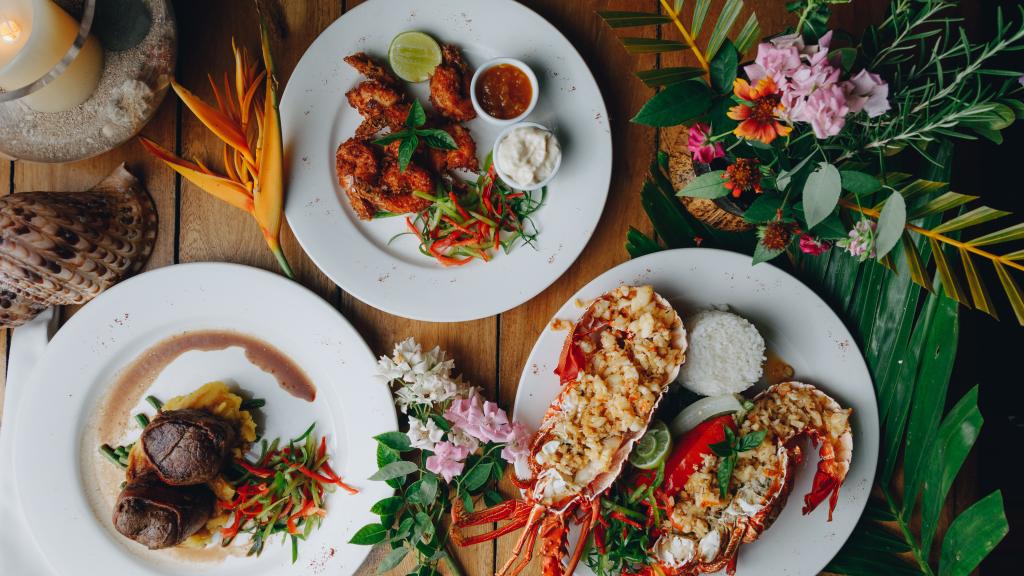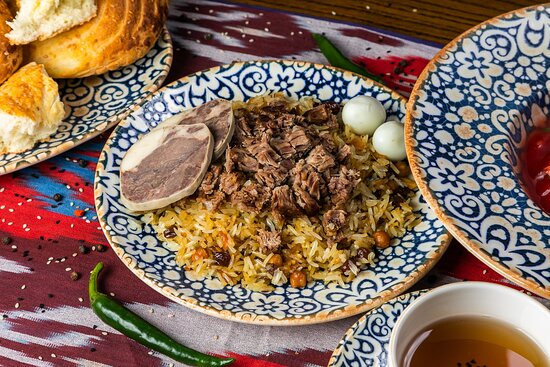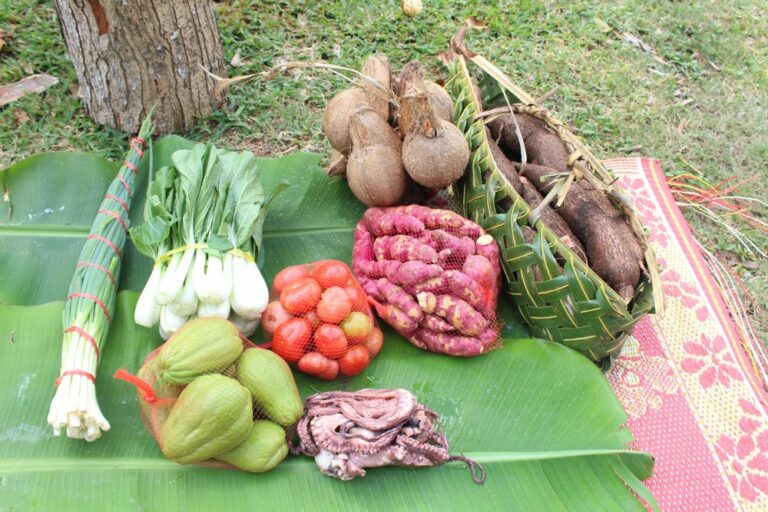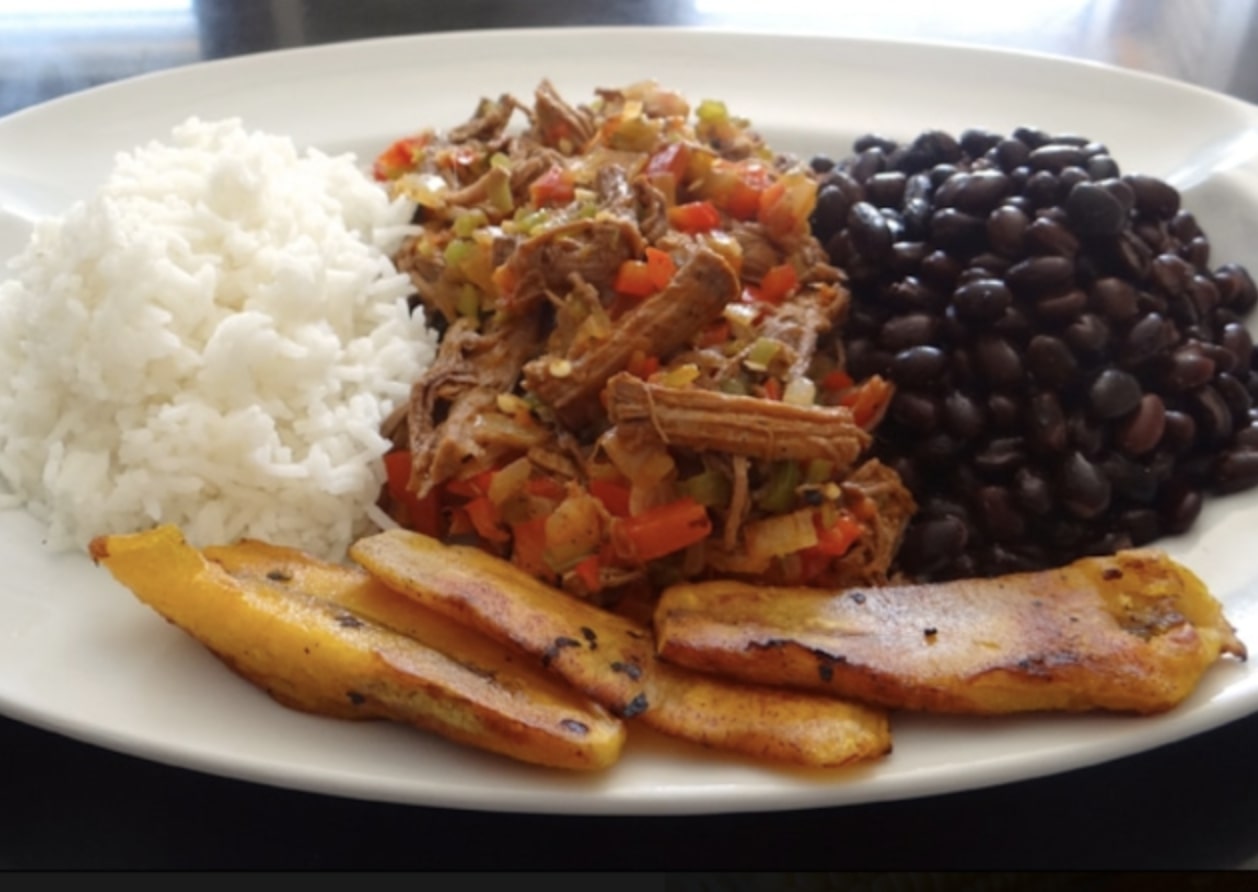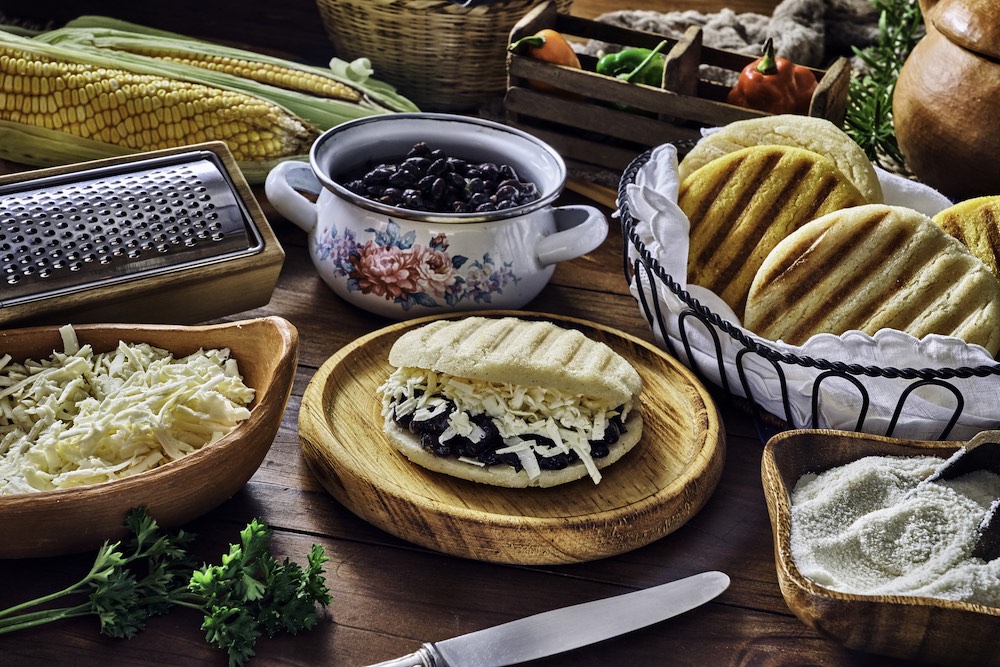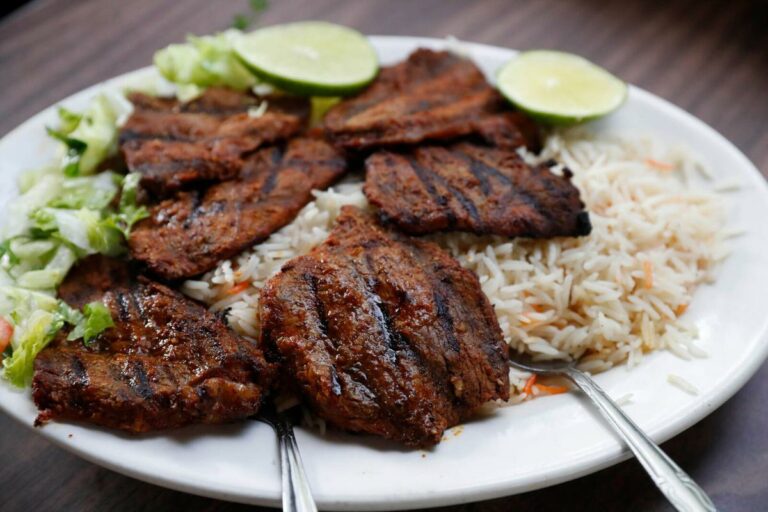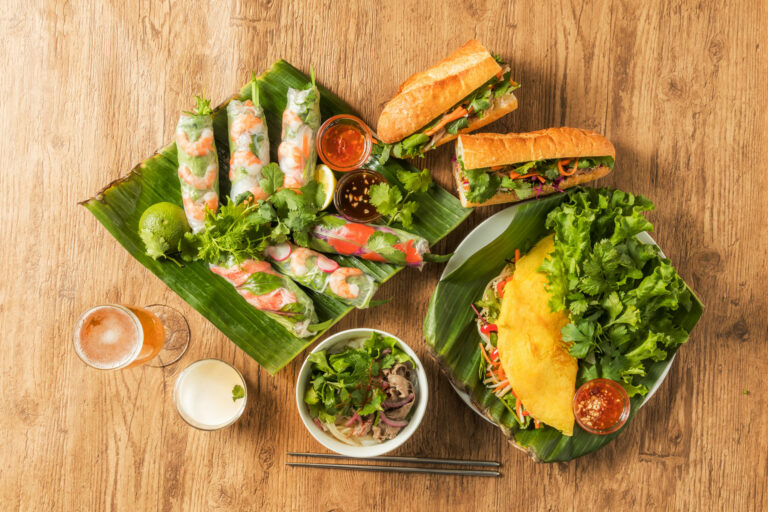Introduction: Street Food Culture in Vanuatu
Street food culture is an integral part of Vanuatu’s culinary scene. The island nation is home to a diverse range of street food markets that offer a unique gastronomic experience to both locals and tourists. Vanuatu’s street food scene is a hub of colorful flavors and eclectic tastes that reflect the island’s cultural and ethnic diversity. The local street food markets and stalls in Vanuatu are a great way to sample some of the country’s traditional delicacies while immersing oneself in the bustling local food culture.
Exploring Street Food Markets in Vanuatu
Vanuatu’s street food markets and stalls are found in abundance throughout the country, with the capital city of Port Vila being the hub of the street food scene. The markets offer a range of authentic delicacies that are cooked fresh on-site, giving visitors a true flavor of Vanuatu. The markets are a great place to find a range of local dishes that are not commonly found in restaurants or cafes. The street food markets are open throughout the day, and the atmosphere is lively and bustling, with locals and tourists mingling and enjoying the local food.
Vanuatu’s Popular Street Food Stalls
Some of the popular street food stalls in Vanuatu include Nambawan Cafe, where one can find traditional dishes like Lap Lap and Tuluk, and the Mama’s Market that sells fresh produce and local delicacies like coconut crab and wild boar. Other popular stalls in Port Villa include the Food Market, which offers a range of local dishes like fish curry and beef kebabs, and the Lolohean Market, which specializes in seafood dishes like grilled lobster and fish wrapped in banana leaves.
Local Delicacies to Try at Street Food Stalls
Vanuatu’s street food markets and stalls are a great place to sample some of the country’s traditional delicacies. Some of the local dishes that visitors must try include Lap Lap, which is a traditional dish made with grated root vegetables, coconut cream, and meat or fish, and Tuluk, which is a type of pudding made with banana, taro, and coconut cream. Other popular dishes include coconut crab, grilled seafood, and dishes made with locally sourced wild boar.
Street Food Safety Measures in Vanuatu
Vanuatu’s street food markets and stalls follow strict food safety measures to ensure that visitors can enjoy the local food without any health risks. The markets are regularly inspected by the local health authorities, and vendors are required to follow hygienic practices like hand washing and using clean utensils and plates. Visitors are advised to look for stalls that have a high turnover of food, as this ensures that the food is fresh and has not been sitting out for too long.
Conclusion: Vanuatu’s Vibrant Street Food Scene
Vanuatu’s street food scene is a vibrant and eclectic mix of flavors and tastes that reflect the island’s cultural diversity. The street food markets and stalls are a great place to sample some of the country’s traditional delicacies and immerse oneself in the local food culture. Visitors to Vanuatu must explore the island’s street food markets and stalls to truly experience the unique and authentic flavors of the island. With strict food safety measures in place, visitors can enjoy the local street food without any health risks.

